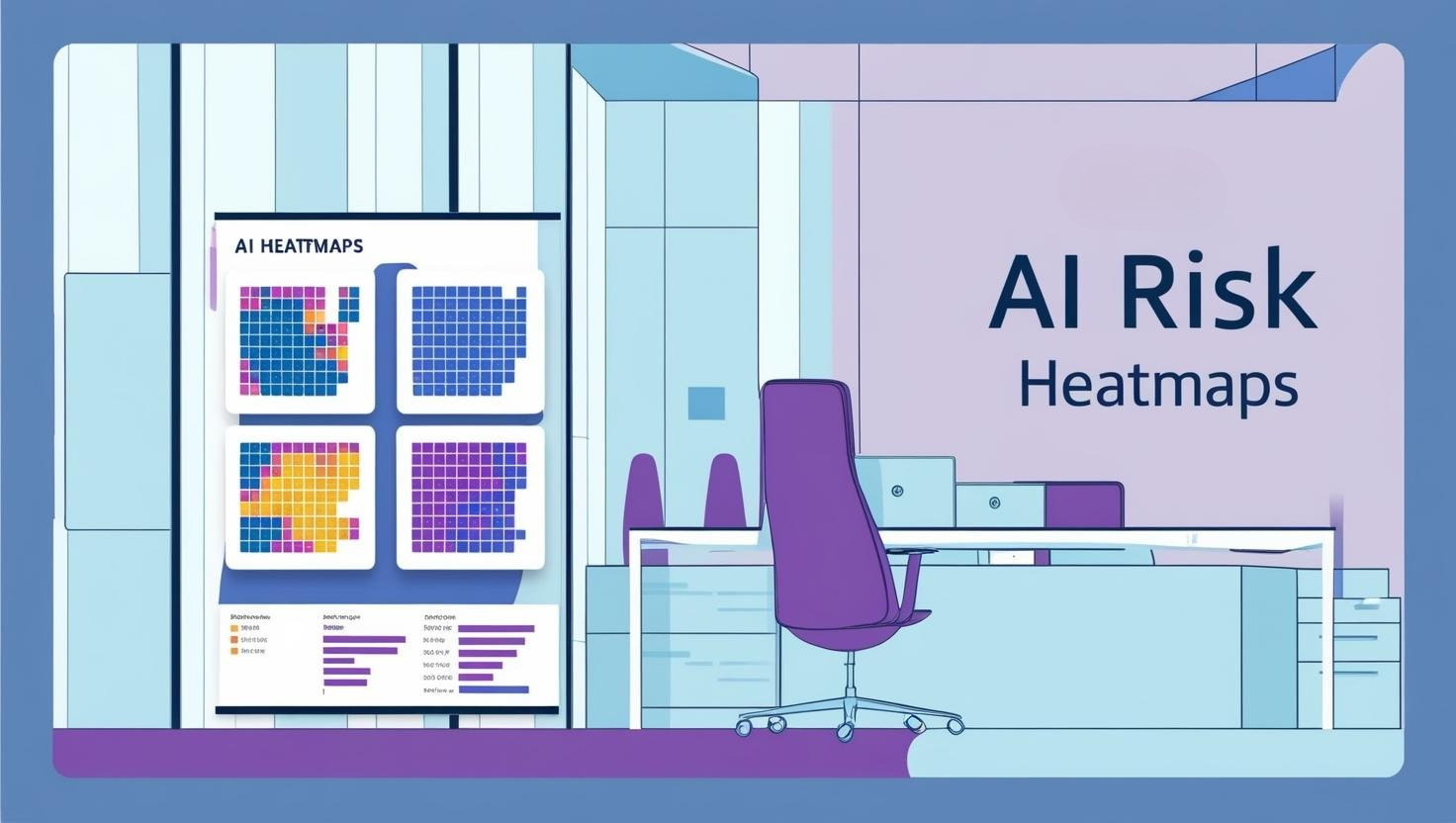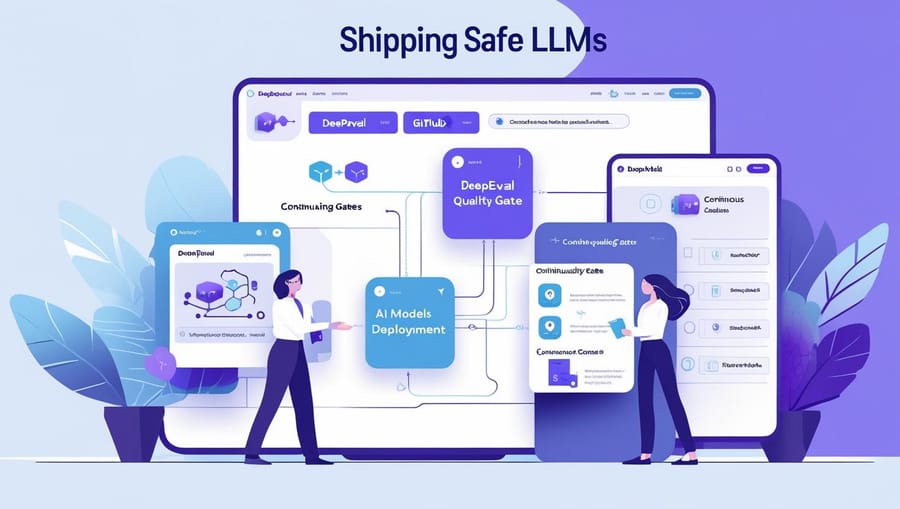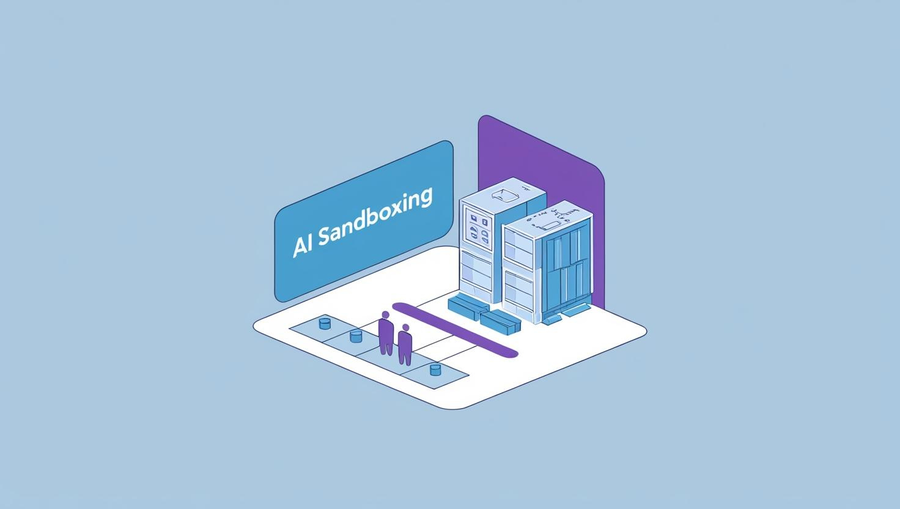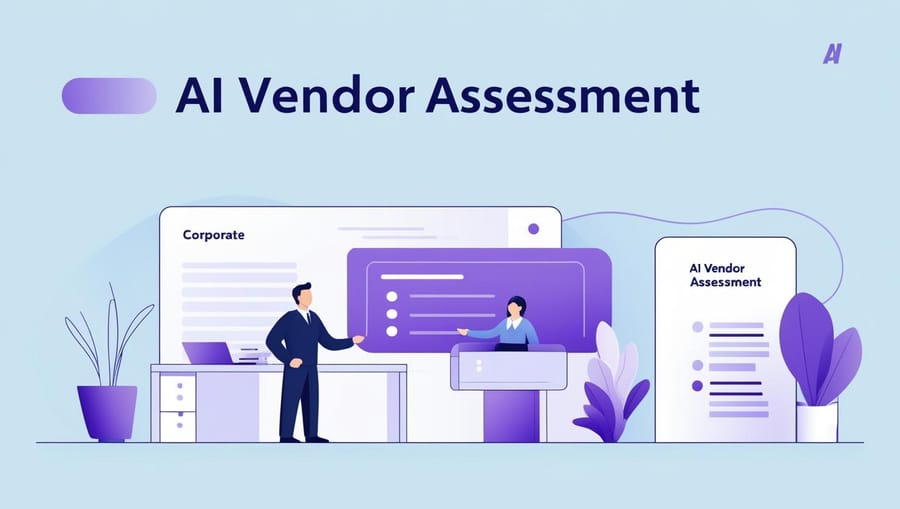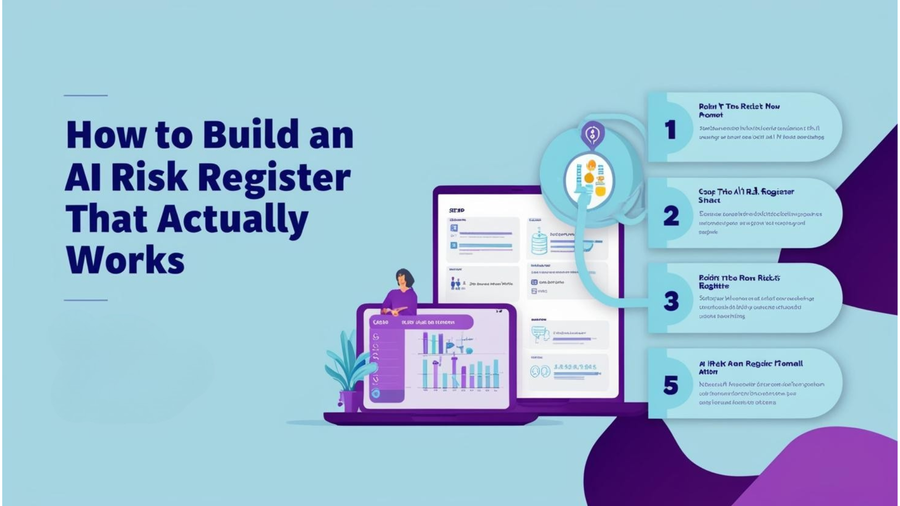Understanding AI Governance Challenges
AI adoption is growing rapidly across industries, but so are its risks. From biased algorithms to regulatory non-compliance, enterprises must navigate complex governance challenges to ensure AI is used responsibly, ethically, and legally. The rise of global AI regulations like the EU AI Act, NIST AI RMF, and ISO 42001 has made AI risk management a business priority.
How can organizations identify, assess, and mitigate AI risks effectively? The answer lies in AI Risk Heatmaps—a powerful tool that provides a visual, data-driven approach to AI governance.
1. What Are AI Risk Heatmaps?
An AI Risk Heatmap is a visual representation of AI risks, helping enterprises quickly identify areas of concern based on risk severity, likelihood, and regulatory impact.
How AI Risk Heatmaps Work
🔹 Color-coded Risk Levels – Risks are categorized into low (green), moderate (yellow), high (orange), and critical (red) severity.
🔹 Data-Driven Insights – Aggregates AI risk factors such as bias, security vulnerabilities, and regulatory gaps.
🔹 Real-Time Monitoring – Tracks AI risks dynamically, allowing enterprises to mitigate issues before they escalate.
🔹 Integration with AI Governance Frameworks – Aligns AI risks with NIST AI RMF, the EU AI Act, and ISO 42001.
🔹 Example: A financial services firm uses AI risk heatmaps to monitor bias in credit-scoring AI models. By visualizing risk trends, compliance teams can proactively adjust data inputs and decisioning rules to prevent discriminatory lending practices.
2. Why AI Risk Heatmaps Are Essential for AI Governance
🔹 Identifying & Prioritizing AI Risks
Not all AI risks pose the same level of threat. AI Risk Heatmaps help enterprises prioritize risks based on their potential impact and regulatory exposure.
✅ High-Risk AI Applications – Healthcare AI diagnosing diseases, financial AI making credit decisions, autonomous vehicles.
✅ Medium-Risk AI Applications – AI-driven chatbots, HR AI screening candidates, AI in marketing automation.
✅ Low-Risk AI Applications – AI-generated content recommendations, AI-based grammar correction tools.
🔹 Example: A healthcare company uses AI Risk Heatmaps to track potential biases in AI-driven patient diagnosis models, ensuring compliance with HIPAA and GDPR.
🔹 Enhancing Compliance with AI Regulations
AI regulations like the EU AI Act categorize AI applications based on risk. Heatmaps help businesses align their AI systems with compliance mandates.
✅ High-Risk AI – Requires explainability, bias testing, and human oversight.
✅ Limited-Risk AI – Requires transparency and documentation.
✅ Minimal-Risk AI – General AI applications with low compliance requirements.
🔹 Example: A global retailer uses AI Risk Heatmaps to assess compliance risks for AI-powered hiring tools, ensuring fair decision-making and adherence to employment laws.
🔹 Strengthening AI Security & Risk Monitoring
AI models are vulnerable to adversarial attacks, data poisoning, and model drift. AI Risk Heatmaps help enterprises detect security weaknesses before they become serious threats.
✅ Cybersecurity Risks – Detects adversarial AI attacks attempting to manipulate AI outputs.
✅ Data Integrity Risks – Identifies potential bias or drift in AI decision-making over time.
✅ Privacy & Data Protection Risks – Highlights non-compliance with GDPR, CCPA, and ISO 42001.
🔹 Example: A financial institution tracks fraud detection AI risks using heatmaps, reducing false positives while maintaining strict AML (Anti-Money Laundering) compliance.
3. How Enterprises Can Implement AI Risk Heatmaps
Step 1: Define AI Risk Categories
To build an effective AI Risk Heatmap, enterprises should categorize AI risks into: ✅ Operational Risks – Model performance issues, data drift, inaccurate predictions.
✅ Ethical Risks – AI bias, discrimination, fairness concerns.
✅ Security Risks – Adversarial AI threats, data leaks, cybersecurity vulnerabilities.
✅ Regulatory Risks – Non-compliance with AI laws and governance policies.
🔹 Example: A global HR firm maps risks associated with AI-driven hiring tools to ensure fair candidate screening and prevent discrimination lawsuits.
Step 2: Use AI Governance Frameworks for Risk Evaluation
Align AI Risk Heatmaps with recognized frameworks like: ✅ NIST AI RMF – AI risk assessment and mitigation strategies.
✅ EU AI Act – Compliance categorization based on AI risk levels.
✅ ISO 42001 – AI management system standard for governance.
🔹 Example: A government agency adopts AI Risk Heatmaps to monitor AI used in law enforcement, ensuring compliance with human rights laws.
Step 3: Automate AI Risk Monitoring with AI Tools
Enterprises should integrate AI risk management platforms to monitor AI risks in real time. ✅ Bias & Fairness Audits – Tools like IBM AI Fairness 360 to detect biases.
✅ Security & Adversarial Testing – AI-powered cybersecurity monitoring tools.
✅ Automated Compliance Checks – AI dashboards tracking GDPR, CCPA, and industry-specific AI laws.
🔹 Example: A healthcare company implements automated AI Risk Heatmaps to track compliance with FDA AI regulations for medical diagnostics.
4. Future Trends in AI Risk Heatmaps
🔹 Real-Time AI Risk Intelligence – AI risk heatmaps will evolve to provide live AI governance updates.
🔹 AI-Powered Risk Prediction – Machine learning will help forecast potential AI failures before they occur.
🔹 AI Ethics & Explainability Integration – Heatmaps will include explainable AI insights to ensure AI decisions are transparent and accountable.
🔹 Regulatory AI Risk Reporting – Governments may mandate AI risk disclosure reports, requiring enterprises to use AI Risk Heatmaps for compliance.
🔹 Example: Financial regulators are considering mandatory AI risk heatmap reporting to assess AI-driven trading risks in global markets.
Final Thoughts: AI Risk Heatmaps Are a Must-Have for AI Governance
As AI becomes more powerful, governing AI risks effectively is no longer optional—it’s a business necessity. AI Risk Heatmaps provide enterprises with a clear, data-driven approach to managing AI governance challenges, ensuring AI remains secure, fair, and compliant.
By integrating AI Risk Heatmaps into compliance, security, and fairness assessments, organizations can stay ahead of evolving AI regulations, minimize risks, and build trust in AI-driven decisions.

